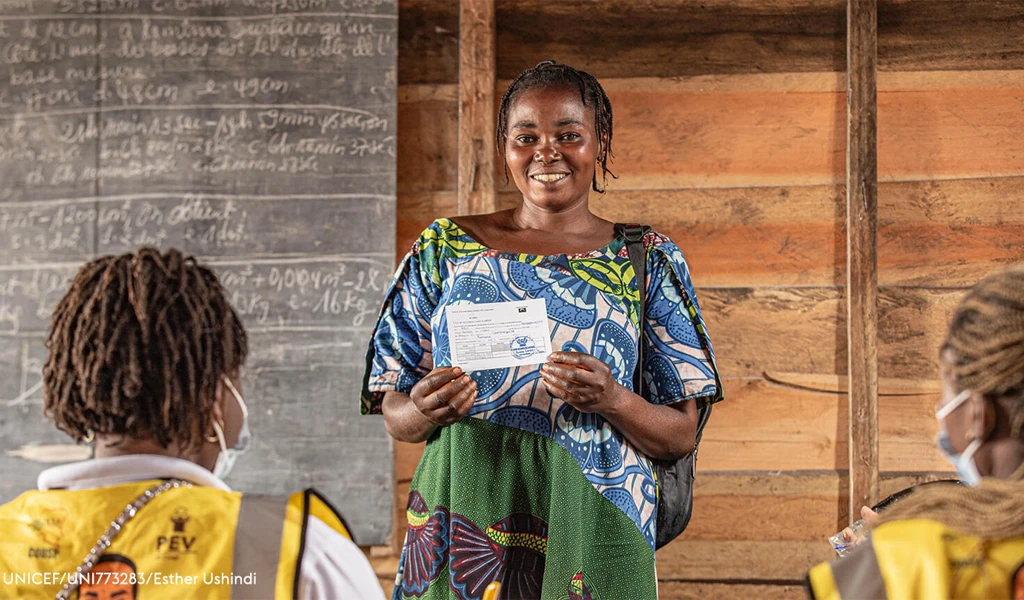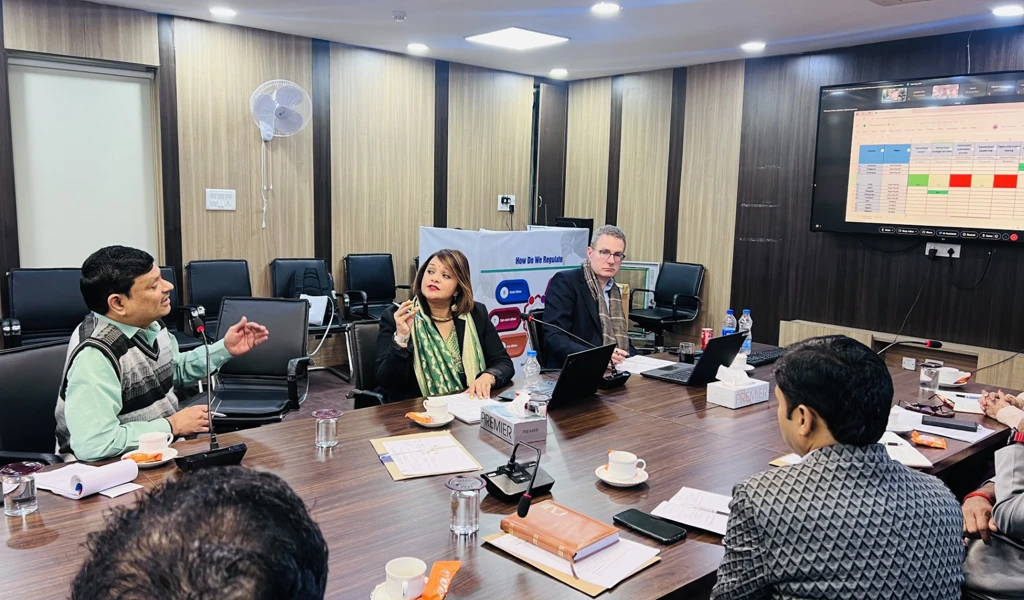The ‘Big One’ is coming: How can we prepare for a future coronavirus pandemic?

Share
The next pandemic is not a case of if, but when. This could be caused by a coronavirus related to COVID-19, such as the even deadlier Severe Acute Respiratory Syndrome (SARS) or Middle Eastern Respiratory Syndrome (MERS), or a new coronavirus lurking somewhere in the world that could soon ‘jump’ into people.
Broadly protective coronavirus vaccines, built to protect us from multiple different future coronaviruses in one vaccine, could offer a vital alternative to the world‚Äôs usual ‚Äòone bug, one drug' medical approach. New modelling research funded by ≥…»ÀVR ”∆µ and published this month in found that broadly protective coronavirus vaccines could reduce the number of deaths and ease the burden on health systems in a future pandemic when produced and stockpiled in advance of an outbreak.
We spoke to Dr. Michael Osterholm, an internationally renowned epidemiologist and Founder and Director of the Center for Infectious Disease Research and Policy (CIDRAP) at the University of Minnesota, about a new ≥…»ÀVR ”∆µ-funded initiative mapping out the latest research into the development of the world‚Äôs first all-in-one coronavirus vaccine candidates as they move through testing. This includes those supported by ≥…»ÀVR ”∆µ.
The work‚Äînow accessible to all on ‚Äîcould help guide experts, including funders like ≥…»ÀVR ”∆µ, as they plan their next steps to contain a future coronavirus outbreak before it spreads to pandemic proportions.
1. How ready is the world for a future outbreak caused by a novel coronavirus – and when could it strike?
Not at all ready. In fact, I think we’re worse off now than we were before the COVID-19 pandemic. Public health right now is in dire straits, with critical programs being dismantled, significant losses happening in terms of the workforce, and diminishing support for the type of vaccine research and policies needed to take on these diseases. At the same time, we’ve now had three novel coronaviruses—SARS, MERS, and SARS-CoV-2—emerge and cause major outbreaks all within the last 25 years and still see periodic reports of new coronaviruses detected in bat populations, so the reality is that at any moment we could be confronted with the next one.
2. You have previously described how when COVID-19 emerged we were left to figure out how to respond to the fast-spreading pandemic ‘while painting the plane in midair’. Why is it so important that we start preparing before a new outbreak?
The pandemic clock is always ticking and, whether you want to hear it or not, that’s reality; just like tornadoes and hurricanes, infectious disease outbreaks happen, and we need to be prepared for that. With COVID-19, we saw what happens when we’re not prepared, with challenges such as early delays in getting test kits, shortages of effective respiratory protection, and communication missteps that confused the public and resulted in a loss of trust that will be hard to regain. There were a lot of difficult lessons to learn from, but so far, we’re not doing it. As a former US Defense Secretary once said, “You go to war with the army you have, not the army you might want or wish to have at a later time,” and now is the time to be preparing—not waiting until we’re in the middle of the next crisis.
3. How does the recently launched Coronavirus Vaccines R&D Roadmap (CVR) Initiative website help researchers working on coronavirus response efforts?
The website is a one-of-a-kind tool that centralizes the field’s complex and moving parts into a single, publicly accessible information hub on coronavirus vaccine R&D. It provides results of extensive literature searches and scientific updates that researchers can use to keep up-to-date, identify and address gaps, spot potential connections within the field, and avoid duplication of work.
4. How did this initiative start?
We started with the creation of a coronavirus vaccine R&D roadmap which forms part of the new website. This effort was truly a coalition of the willing and would not have been possible without the initial support provided by both The Rockefeller and the Gates Foundation. We were incredibly fortunate to have many of the world’s leading experts and scientists join this effort and provide the critical insights needed to develop a strategic framework that maps out how we can take the concept of broadly protective coronavirus vaccines and someday make it a reality. I’ve long said that public health is the ultimate team sport, and creating this roadmap was another perfect example of that.
5. What does the website focus on?
The website highlights the truly impressive and groundbreaking work being done in coronavirus vaccine R&D. The site consists of three core components: (1) a comprehensive landscape of coronavirus vaccine candidates in preclinical and clinical development, (2) a Progress Tracker that monitors research progress toward the goals and milestones of our published coronavirus vaccines R&D roadmap; and (3) a Scholar Hub that curates up-to-date sources on key areas of coronavirus research. We update these sections regularly to capture the latest progress in the field.
6. New ≥…»ÀVR ”∆µ-funded modelling research found that an all-in-one vaccine targeting Sarbecoviruses, a branch of coronaviruses, deployed as soon as a new coronavirus is detected could protect the most vulnerable in the critical early months of a future outbreak. How could the CVR Initiative support such a scenario?
We know that the response in the early months of a pandemic is crucial to saving lives, especially those of the most vulnerable. We hope that in such a scenario, the CVR Initiative could be used to rapidly align funders, regulators and developers around pre-agreed priorities, such as preferred product characteristics and use-cases for pan-sarbecovirus vaccines, standardized assays/correlates, and clear regulatory pathways.
The R&D Progress Tracker and Vaccine Technology Landscape keep a living record of the latest broadly protective coronavirus research, catalogue stockpile-ready or production-ready sarbecovirus candidates, flag gaps and inform financing/manufacturing for equitable early deployment to high-risk groups; exactly the kind of rapid roll-out ≥…»ÀVR ”∆µ‚Äôs modelling shows would save lives.
Our hope is that everyone interested in moving the needle on coronavirus vaccine development uses the Coronavirus Vaccines R&D Progress Tracker from researchers to regulators, manufacturers, policymakers and funders. The Tracker details where we are and where we need to go for vaccine R&D. It also serves as a resource for others, such as WHO’s Collaborative Open Research Consortium (CORC), who identify key strategies for the development of better coronavirus vaccines and other medical countermeasures.
The Coronavirus Vaccines R&D Roadmap Initiative, created by CIDRAP in partnership with ≥…»ÀVR ”∆µ, is available to explore .



